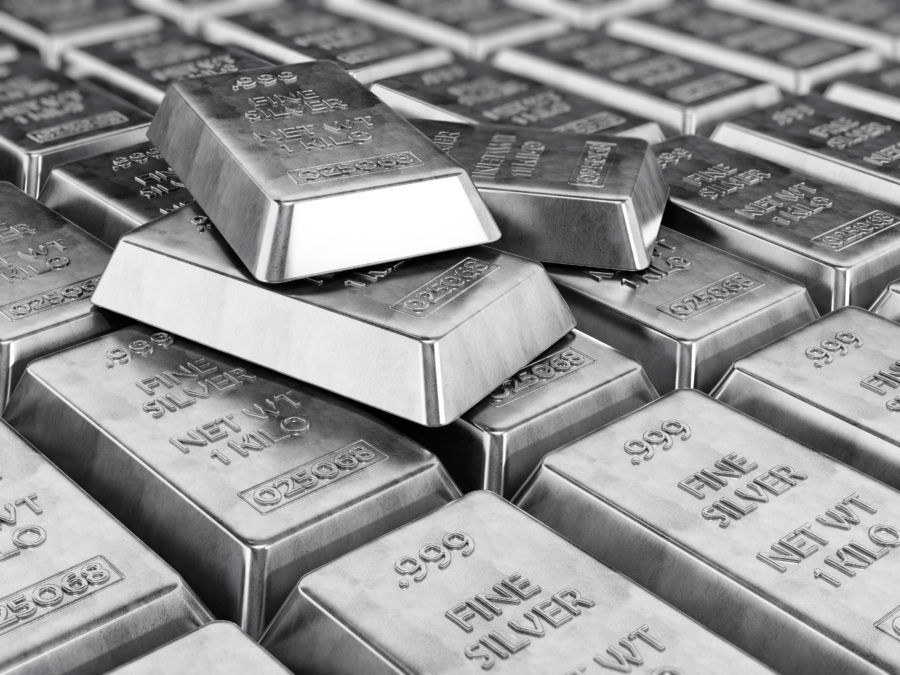The Oscar: How it’s made and what it’s worth
The “Academy Award of Merit”, more commonly known as an Oscar, has been awarded since 1929. The modern Oscar stands 13.5 inches tall with a weight of 8.5 lbs, and it is made of solid bronze with a electroplated coating of 24-karat gold.
However, the world’s most beloved trophy wasn’t always made this way. Here’s the evolution of how an Oscar is made, and what people are willing to pay to get their hands on one.
THE EVOLUTION OF THE AWARD
1928: The original Oscar was sculpted by Los Angeles artist George Stanley. The design was based on sketches by MGM art director Cedric Gibbons, who came up with the idea of a knight standing on a reel of film gripping a crusader’s sword.
1929: The first ever Oscar was presented at the initial awards banquet on May 16, 1929 to Emil Jannings for Best Actor. It was made of gold-plated solid bronze.
1930s: The bronze was abandoned in favor of britannia metal, a pewter-like alloy which is then plated in copper, nickel silver, and finally, 24-karat gold.
World War II: Due to a metal shortage, Oscars were made of painted plaster for three years. After the war, the Academy invited recipients to redeem the plaster figures for gold-plated metal ones.
1983: R.S. Owens and Company, a Chicago-based awards manufacturer, takes over the contract to build Oscars.
2016: The Academy announced that New York-based Polich Tallix will help return the statuette closer to its original design.
THE NEW OSCAR
Using a cast bronze Oscar from 1929, Polich Tallix artisans have restored subtle features of George Stanley’s original sculpture, which was based on sketches by MGM art director Cedric Gibbons.
This was done by creating a digital scan of the 1929 statuette, and then 3D printed and molded so the form could be cast in wax.
More News
{{ commodity.name }}
{{ post.title }}
{{ post.date }}




Comments